Onyx Dial 16018 Rolex Datejust
Onyx might not look like this in nature, but it does in Datejust. And that’s enough. Stone dials have had a rough time of late, but the OGs are as index-less and lovely as they’ve ever been. Normally, I would always slightly preference a Day-Date, everything else being equal. But in stone dials, Datejusts really sing. You get more of the stone, to start. But I really love that fact that, in period, someone spent more than a standard Day-Date on this solid gold Datejust. The kind of premium that precious metal stone dials sold at put them well above most non-stone Day-Dates or very close. As such, they are rarer. Some have even suggested Rolex made fewer in order to not compete with the Day-Date market. That these less complicated, less interrupted (by apertures) stone dials exist at all is miraculous when you stop to think about.

We’ve learned a little more about these dials this year, or at least I have. That this is in fact a dyed stone and begins as a white agate. I’ve also learned onyx doesn’t always stay onyx, and that’s where obsidian went. So where does this leave the original artifact? Exactly where we found it. There’s been a bit of a feeling that stone and stella are cooling off slightly, but great examples don’t really ever follow the trends. A little market research will quickly show that these have been floating between 30k and 40k US over the last year few years, only bumped over if on a President. White gold is an entirely different story.
Without going down the JPS road, black dial gold Rolex has always been a particularly collectible thing. Onyx might just be the most reasonable way in vintage there these days. There will be waves and interest and lulls over the coming decades, but something about vast black expanse just appeals to the inner space nerd in us, or something like that. It’s said that Rolex never placed indices on stone dials to let the natural beauty of the material come through. Here, there’s just more of it. Interestingly, Sylvain confirmed on our podcast what I’d always wondered: that indeed the failure rate in manufacturing stone dials hovers around 80%, which is unreal. I’m glad they persevered. They’re still quite unlike anything else out there. Vantablack tricks be damned.


This example has a fantastic case, great edges. The dial is Swiss only, do your due diligence there. Hands are tritium It comes on saffiano, but interestingly with its full set and a big stamp on the papers stating that it was sold on a strap, which you don’t see often, out of Hong Kong.











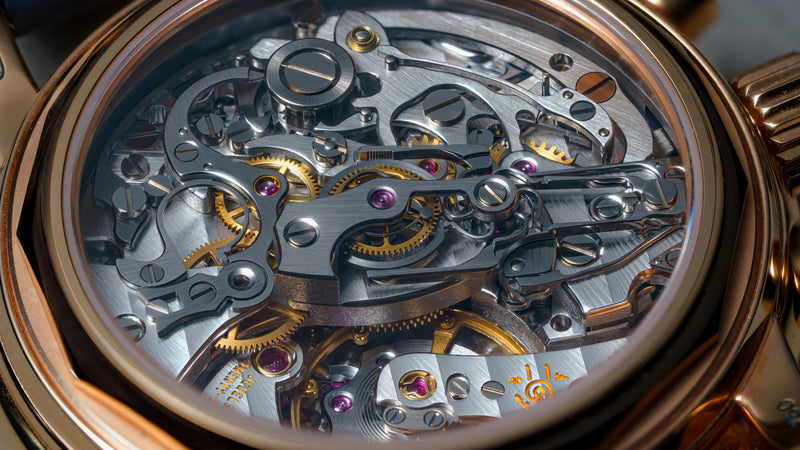











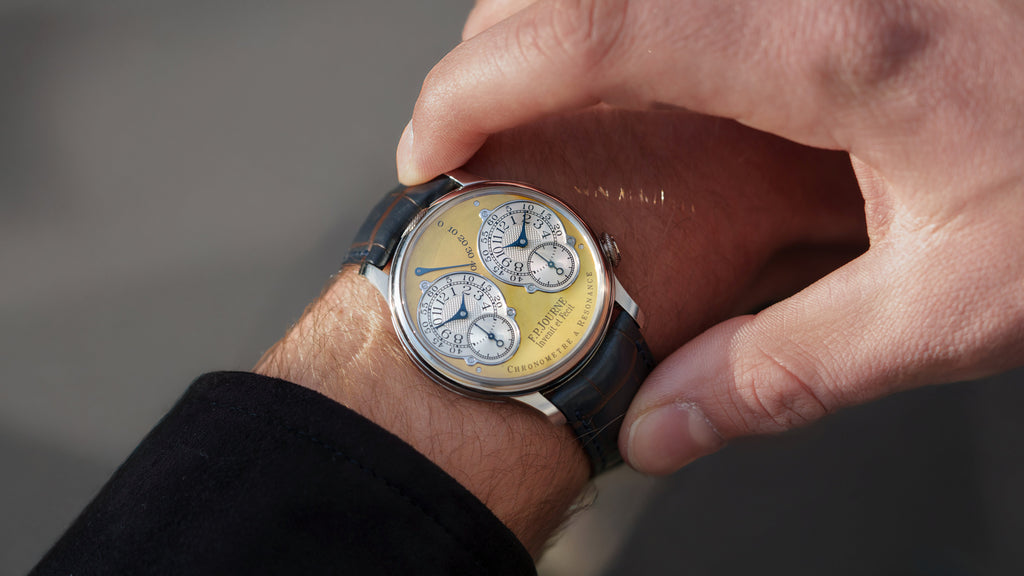
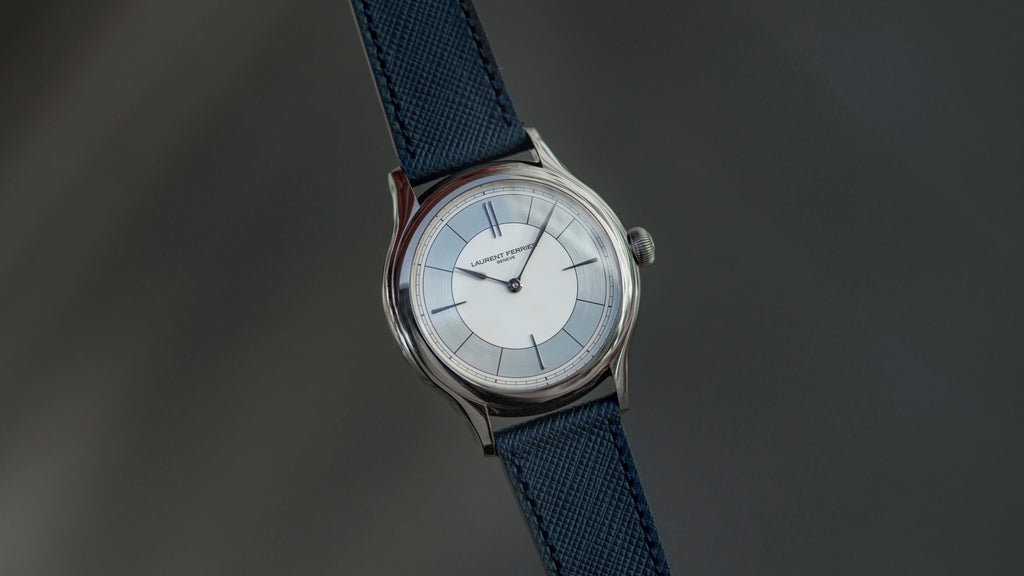

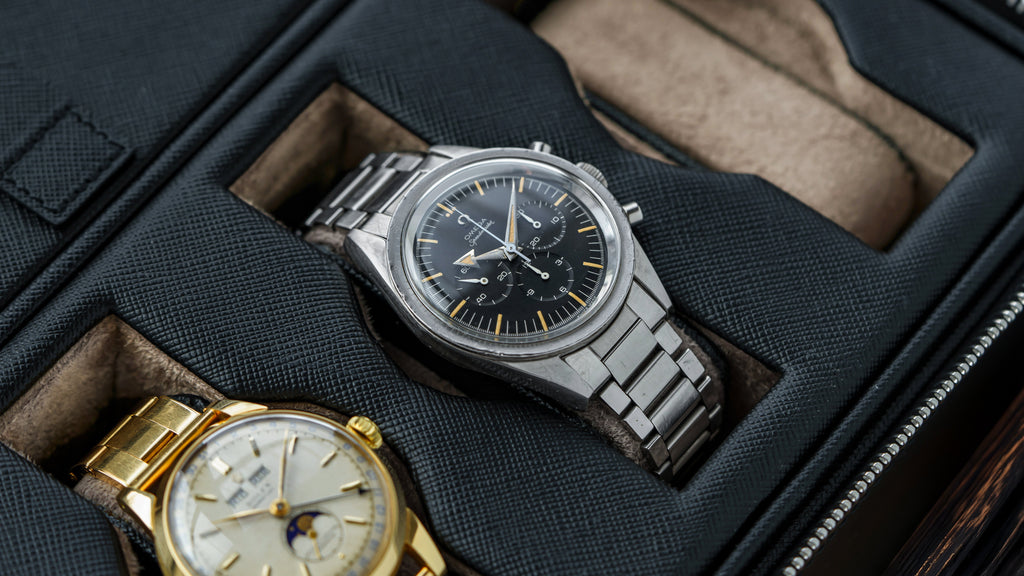
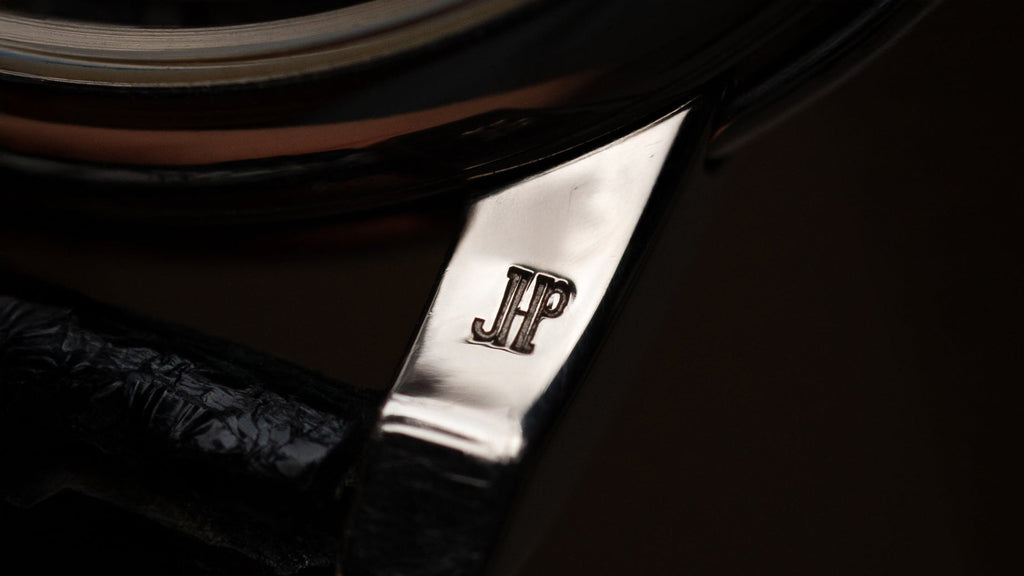
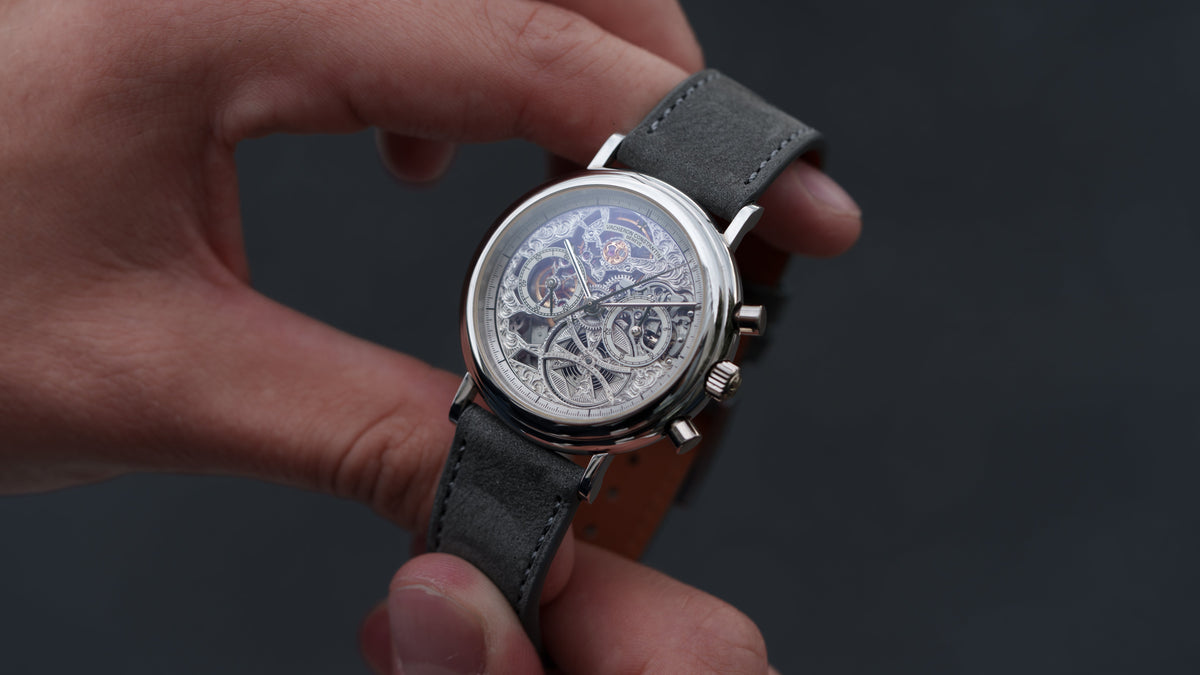
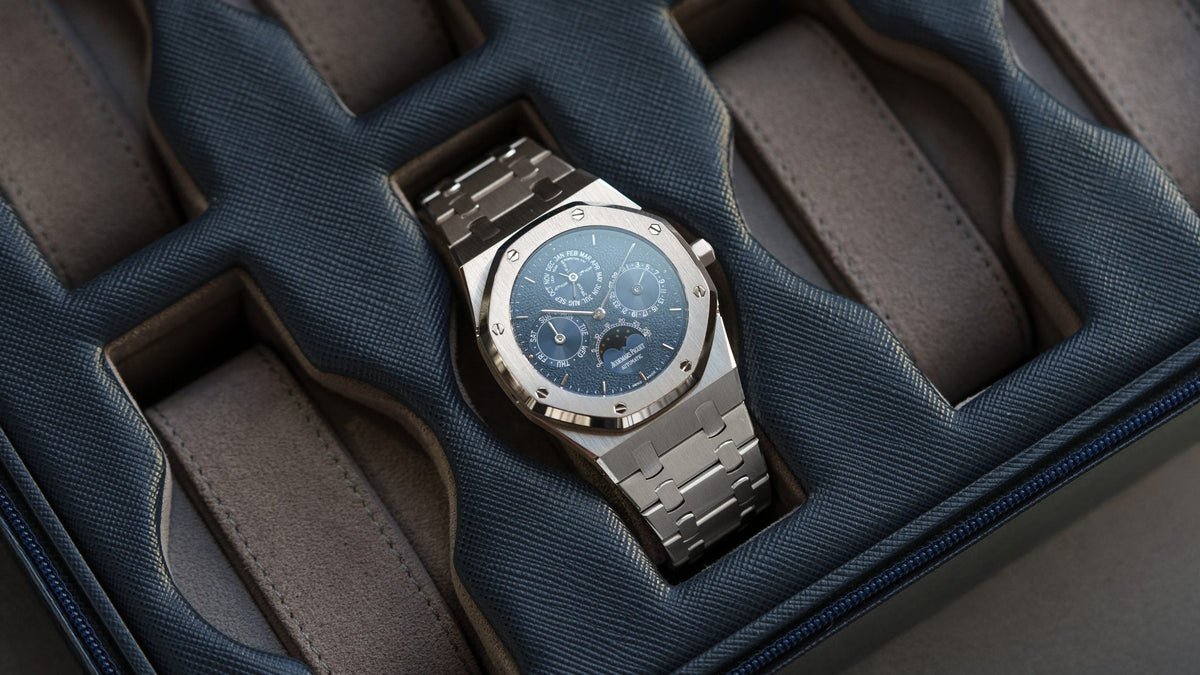
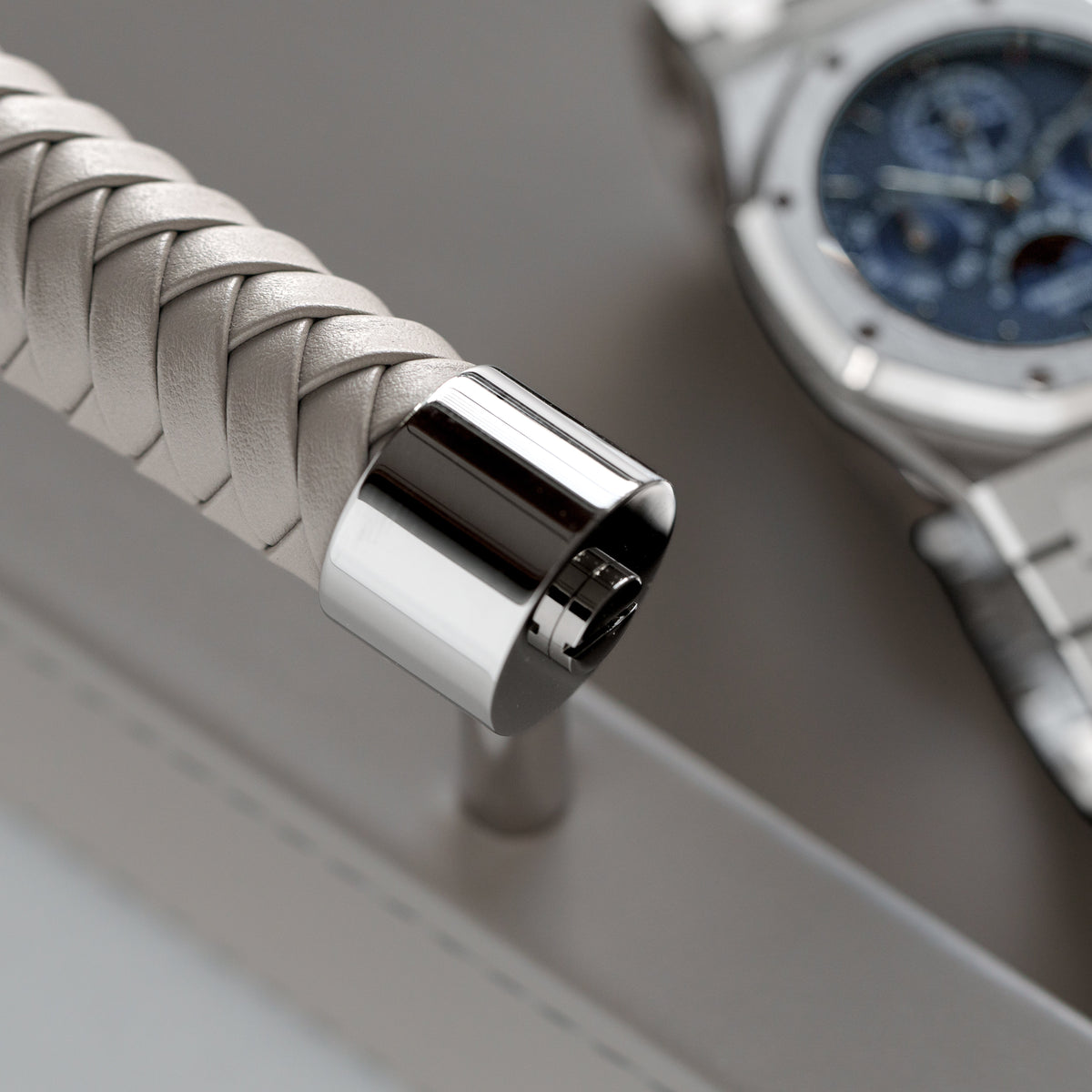


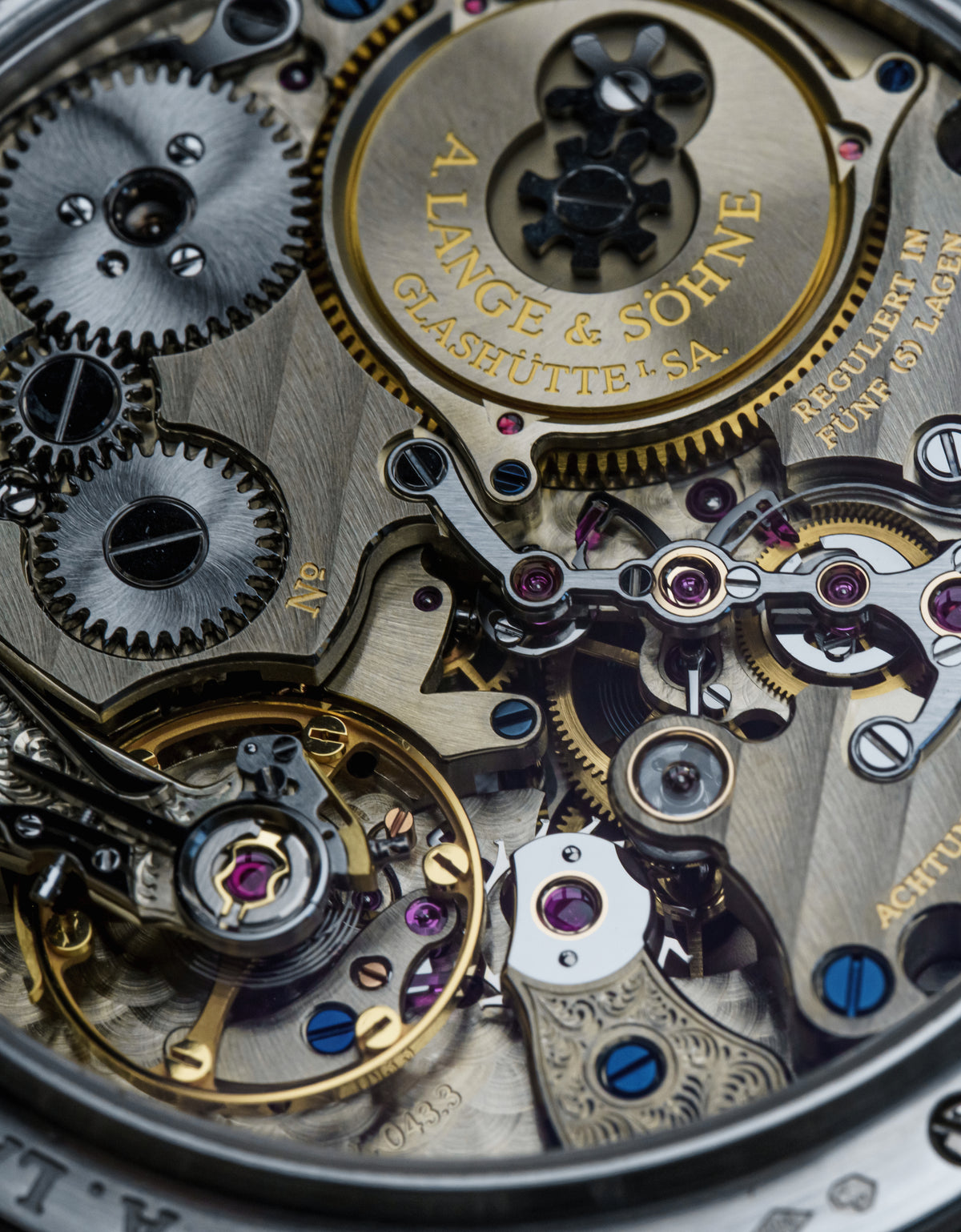

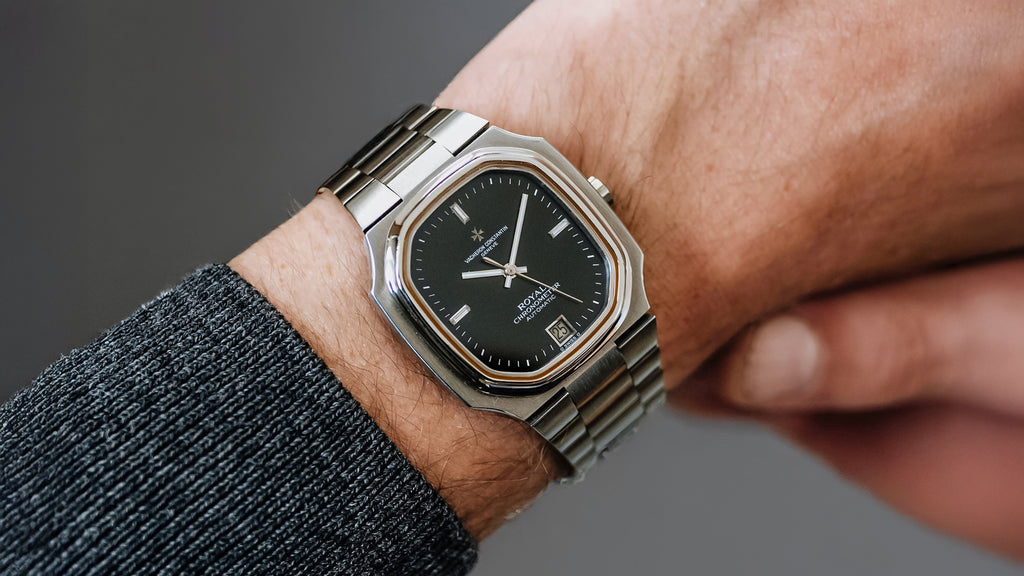
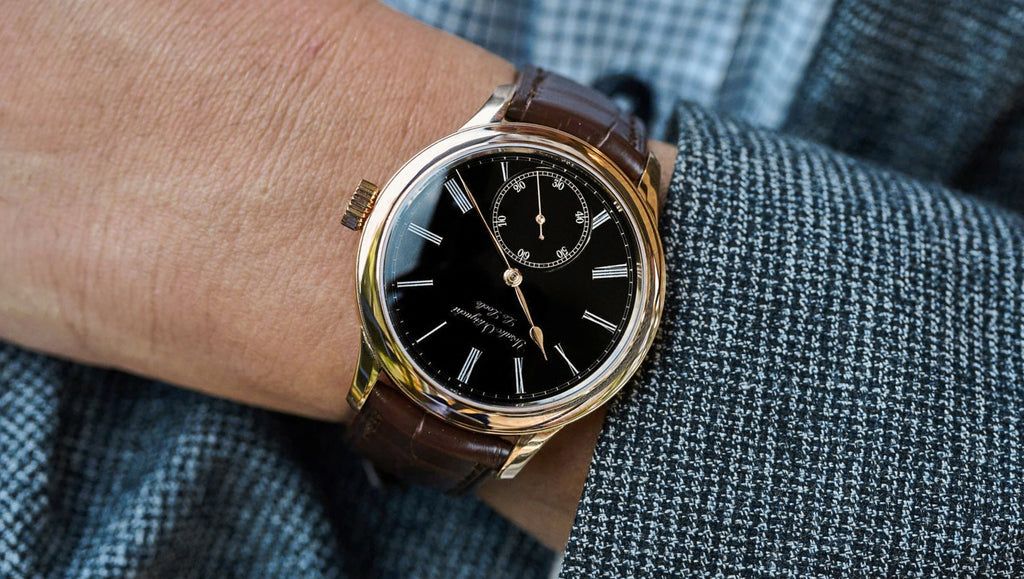

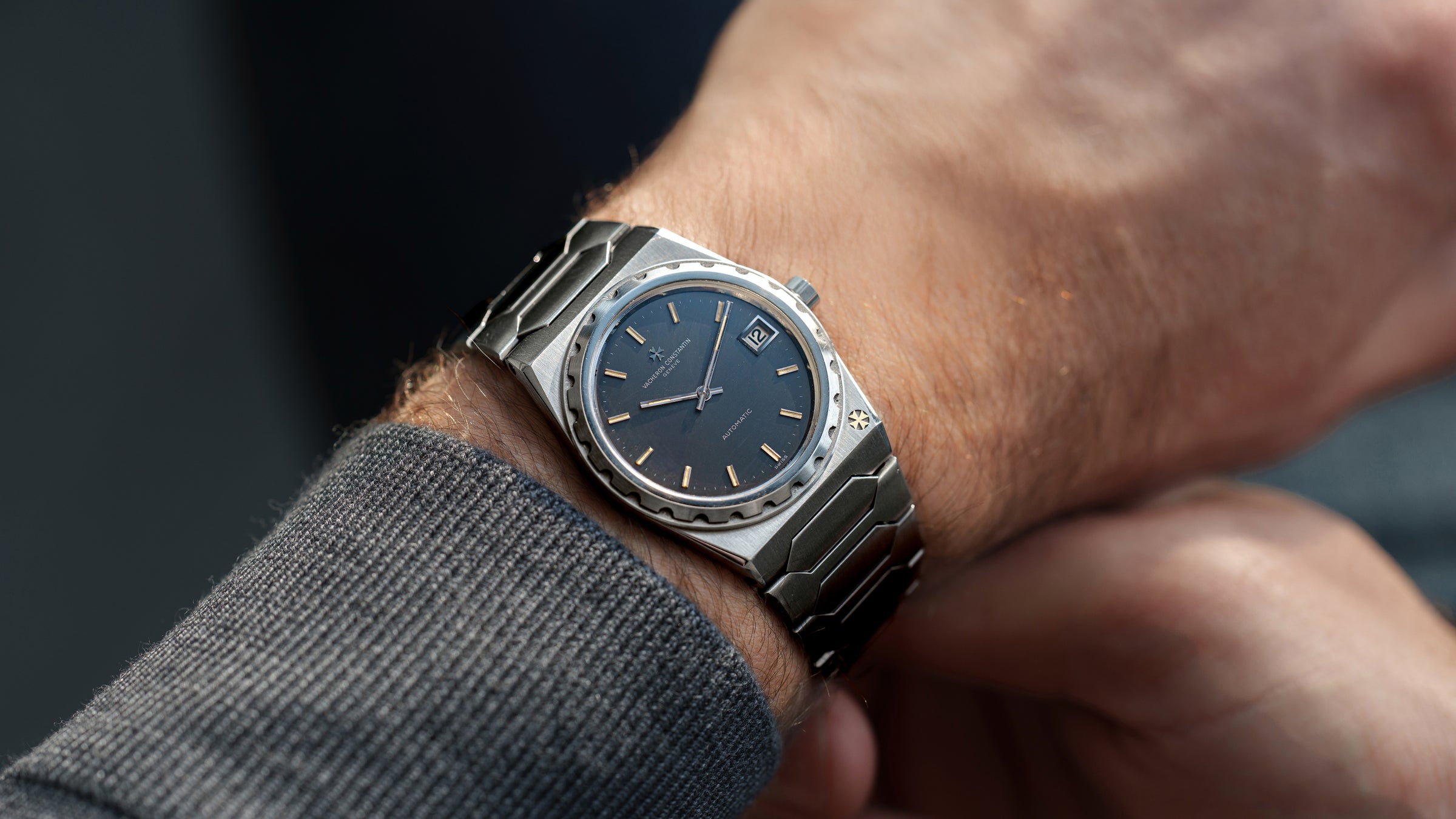
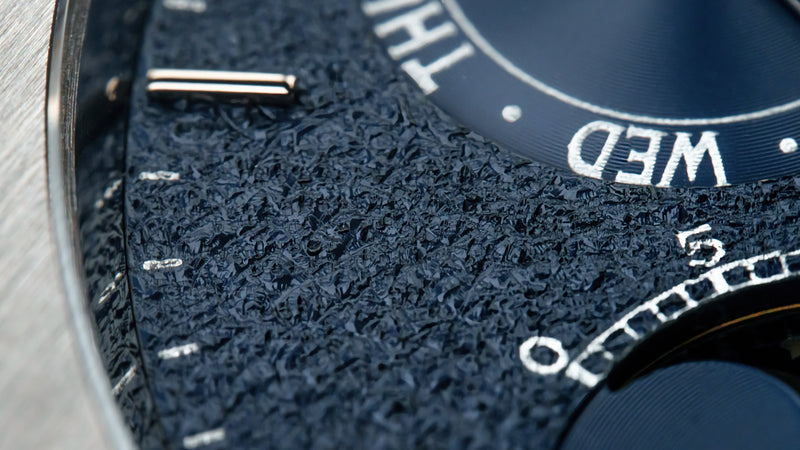

0 comments
Write a Comment